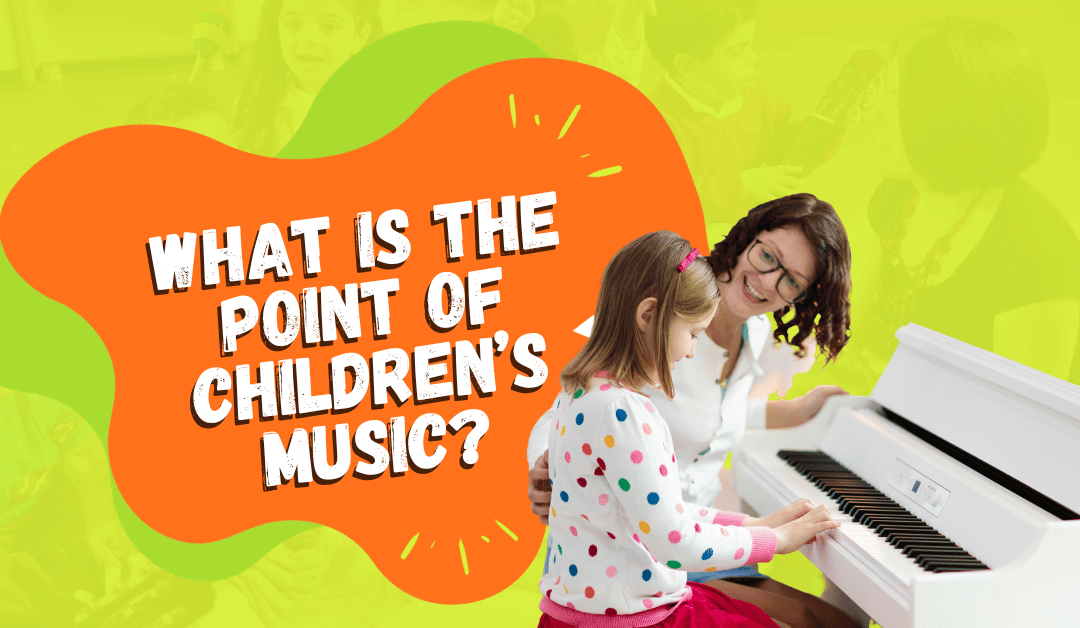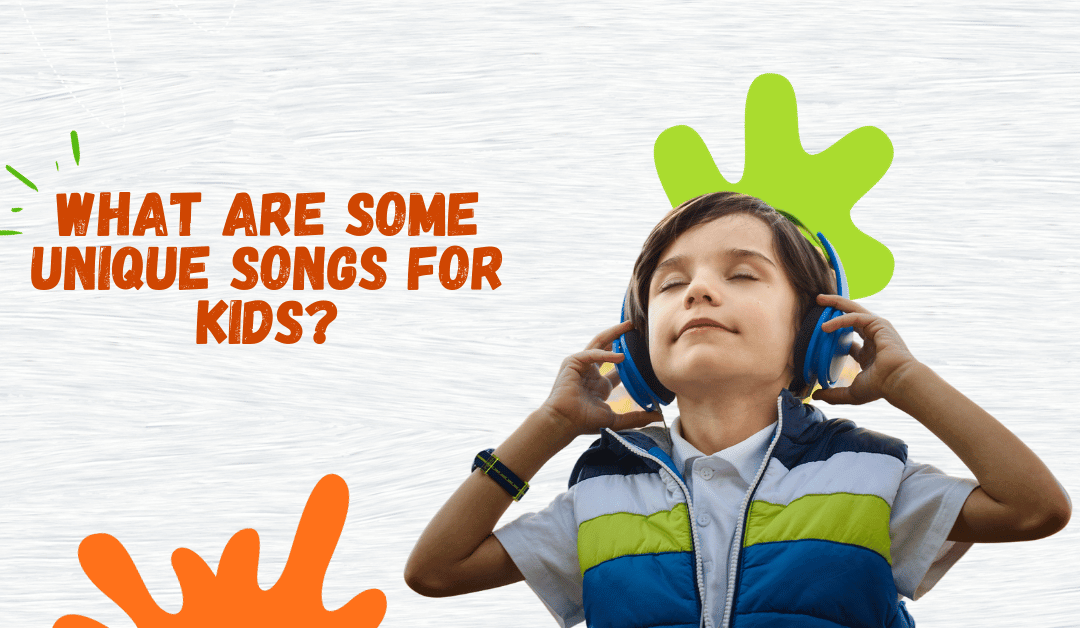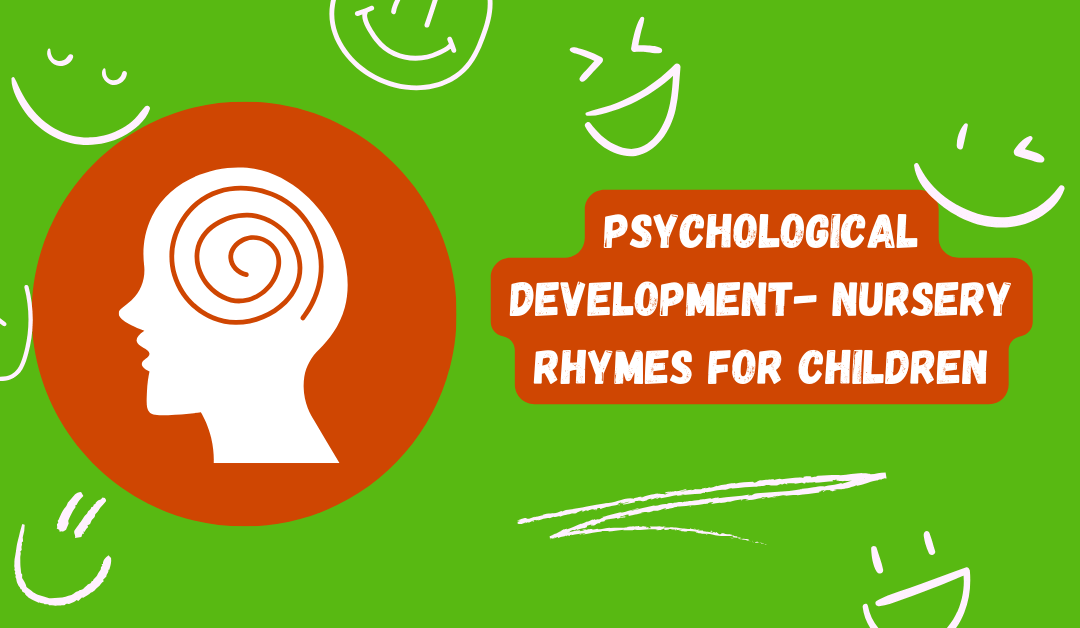
by admin | Mar 26, 2022 | Uncategorized
Children’s music plays an important role in the education and development of children. From educational songs for babies to those for primary school students, these songs are designed to help young minds learn and grow in a fun and engaging way.
One of the key benefits of children’s music is its ability to teach important concepts and skills through catchy, easy-to-remember songs. For example, educational songs for 1st graders can help teach the alphabet and numbers, while those for middle school students can help with subjects like science and history.
Another benefit of children’s music is that it can help to improve language and listening skills. Many educational songs for students include lyrics that are easy for kids to sing along with, and this can help them to develop their pronunciation, vocabulary, and listening skills.
Additionally, children’s music can be a great way to introduce kids to different genres of music, cultures and traditions. Classic children’s songs like the alphabet song and other traditional nursery rhymes are a great way to expose children to different styles of music, and can be a great way to get them interested in music from an early age.
Moreover, easy songs for kids to sing and kid songs to sing lyrics are also great ways to boost their confidence and self-esteem. Singing songs with others can be a great way to build a sense of community and belonging, and can help kids to develop a sense of pride in their abilities.
Looking to teach your children easy and educational songs? Clubbaby is here for you!
If you’re looking for a great resource for children’s music, look no further than clubbaby.com. Our website features a wide variety of educational and entertaining songs for children of all ages. From catchy, easy-to-remember songs for babies and toddlers to more complex songs for primary school students, we have something for every child.
Our selection of songs is educational, uplifting, creative and imaginative, making it a perfect fit for children. We understand the importance of providing children with positive and uplifting content, and we make sure that all our songs reflect this.
In addition to our extensive selection of songs, we also offer a variety of interactive features that make learning even more fun. Our website includes games and activities that are designed to help children learn and practice the concepts and skills they’re learning through the songs.
At clubbaby.com, we believe that music is a powerful tool for learning and growth, and we’re dedicated to providing children with high-quality, engaging music that will help them learn and thrive. So, visit our website today and start exploring the world of children’s music with your little ones!

by admin | Feb 26, 2022 | Uncategorized
English is a widely spoken language, and learning it at a young age can provide children with many benefits. From improving their communication skills to opening up new opportunities in education and career, teaching English to young learners is an important step in their development.
One of the key benefits of teaching English to young learners is that it can help to improve their language and listening skills. Children who are exposed to English at a young age are more likely to develop a good understanding of the language and be able to use it effectively.
Another benefit of teaching English to young learners is that it can help to improve their cognitive skills. Studies have shown that children who learn a second language at a young age tend to have better problem-solving and critical thinking skills.
Additionally, teaching English to young learners can also help to introduce them to different cultures. The English language is spoken in many countries around the world, and learning it can give children a better understanding of the cultures and customs of these countries.
Moreover, teaching English to young learners can also help to boost their self-esteem and confidence. Being able to speak another language can be a great source of pride for children, and can help them to feel more confident in their abilities.
We At Club Baby…
We understand the importance of teaching English to young learners. That’s why we offer a wide range of interactive and engaging music for teaching English to children. Our resources are designed to make learning fun and easy for children, through songs that will help children to practice their listening, speaking, reading, and writing skills.
At Club Baby, we believe that music is a powerful tool for learning and growth, and we are dedicated to providing children with high-quality, engaging music that will help them learn and thrive. We create and produce songs that are new, lively and positive, making it a perfect fit for children. Our nursery rhymes are especially popular among children, as they are fun and easy to learn with catchy lyrics and melodies. Additionally, we also feature songs that promote core values such as respect, kindness, and self-esteem. With our music resources for teaching English to young learners, children can have fun while learning something new!
If you’re looking to teach your children easy and educational songs, Club Baby is here to help. Our website features a wide variety of catchy, easy-to-remember songs for babies and toddlers to more complex songs for primary school students, so you can find something that is perfect for your child’s age and skill level. Whether you’re looking for songs that teach the alphabet, numbers, or other important concepts, we have something that will be perfect for your child.
So, if you’re looking for a great resource for children’s music, look no further than Club Baby. Visit our website today and start exploring the world of children’s music with your little ones!

by admin | Jan 23, 2022 | Uncategorized
One of the most fun and exciting ways to introduce children to music is to find some unique, fun songs that are specifically aimed at kids. There are plenty of upbeat and catchy children’s songs out there that can teach kids about rhythm, melody, and the joy of music. Here are some unique songs for kids to listen to and sing along to:
“Baby Shark” by Pinkfong
It is an incredible song for kids to dance and sing along to. The catchy lyrics, bouncy beat, and repetition of the chorus make it a great song for kids to learn and have fun with.
“The Hokey Pokey” by Kid Songs
This classic song has been around for decades, and it’s still popular today. To the tune of a catchy jingle, kids can learn to shake, turn, and twist to this upbeat song.
“Let It Go” From the Disney movie Frozen
This song has become a popular anthem for kids all over the world. With its powerful message and uplifting melody, it’s a great song for kids to learn and sing along to.
“What Does the Fox Say?” by Ylvis
It is a great song to get kids singing and dancing. With its catchy beat and silly lyrics, “What Does the Fox Say?” is sure to be a hit with kids of all ages.
“The Rainbow Connection” by Jim Henson
This classic Muppet song, originally sung by Kermit the Frog, is a unique song for kids that teaches them the power of dreams. The song speaks about how everyone has a dream and how we can all find hope in the beauty of the rainbow. This is a great song for kids to learn about the power of imagination and the importance of never giving up on one’s dreams.
“I’m Still Standing” by Elton John
This upbeat song from Elton John is the perfect song for kids to learn about perseverance and resilience. The song speaks about how even when we face struggles, it’s important to stay strong and never give up. This is a great song for kids to learn about the power of resilience and how one can overcome any obstacle with determination.
“Do-Re-Mi” by Julie Andrews
This classic song from The Sound of Music is a great choice for kids who are interested in learning more about music. The song takes the listener through the basics of music theory, teaching them the fundamentals of pitch, rhythm, and melody. This is a great song for kids to learn the basics of music and gain a better understanding of the fundamentals of music.
“Save the World” – Club Baby
This is a message of unity for all children of the world. It encourages us to come together and work together to make the world a better place. It reminds us that we have a responsibility to look after our planet and to share it with others. We can make a difference, one day at a time, if we work together.
“Chugga Chugga Choo Choo” by Choo-Choo Soul
It is a fun, catchy song that kids of all ages can enjoy. The upbeat tune and playful lyrics make it a great song for singing and dancing along to. The song focuses on the joy of riding a train, with lyrics that talk about the sound of the engine, the scenery outside the window, and the excitement of the journey.
From classic nursery rhymes to modern pop, there is a wide variety of unique songs that can keep kids entertained and learning. From teaching basic concepts like alphabet and numbers to inspiring movement and creativity, music can be a great way to keep kids engaged. Whether you are looking for a fun way to introduce a new topic or just want to bring a smile to your child’s face, there is a unique song out there for every child.

by admin | Dec 23, 2021 | Uncategorized
English is a language that is spoken all over the world. Learning and teaching English to 4th graders can be an exciting and rewarding experience. As an educator, it is important to have the proper strategies in place to make sure that your students are successful.
Creating Basic Understanding
When it comes to teaching English to 4th graders, the first step is to ensure that the students have a basic understanding of the language. This means introducing them to the alphabet and basic phonics. Many teachers use stories and songs to help children learn the alphabet. It is also important to teach those basic nouns and verbs, as well as basic sentence structure.
Transitioning to Advanced Concepts
Once the basics are covered, it is time to move on to more advanced concepts. This could mean introducing them to more complex sentence structure, grammar rules, and reading comprehension. It is important to provide activities and materials that will help to challenge and engage the students. Games, puzzles, and worksheets are great ways to reinforce the concepts they are learning.
Don’t Forget the Writing Skills
In addition to teaching the fundamentals of English, it is also important to help students develop their writing skills. This could involve having them write stories or essays, or having them practice writing letters. Having students practice their writing skills will help them become more confident in expressing themselves through English.
Keep it Engaging
When teaching English to fourth graders, it is important to keep lessons interesting and engaging. One way to do this is to allow students to work together in small groups. This allows students to collaborate and learn from each other. Additionally, breaking up the lesson into smaller sections can help students stay focused and retain more information.
Grammar is Important
It is also important to introduce grammar rules in a way that is easy for students to understand. Creating visuals or having students act out sentences can be a great way to reinforce grammar rules. Additionally, making sure to review these rules often will help ensure that students understand them and can apply them to their writing.
Keep Vocabulary Learning Interesting
When teaching vocabulary, it is important to mix up the activities. This could include playing games or having students come up with creative and innovative ways to use new words in sentences. Additionally, having students read stories in English can help them learn new words as well as understand the context in which they are used.
Be Patient
When teaching English to fourth graders, it is essential to be patient and encouraging. By providing students with positive feedback, they will feel more confident and willing to take risks. Additionally, by praising students for their efforts, they are more likely to continue to strive to improve their skills.
Activities Encourages Learning
In order to help students understand and retain information, it is important to provide them with engaging and interesting activities. This can include reading stories, playing games, watching films, and doing interactive activities.
Additionally, it is important to integrate technology into the classroom, as it can be a great tool for teaching English. For example, students can use apps, websites, and videos to help them learn and practice their English skills.
Finally, it is important to make sure students are having fun while learning. Incorporate fun activities that allow students to practice their skills in a relaxed environment. This will also help maintain a positive attitude and prevent students from becoming overwhelmed. Additionally, it is important to reward students for their hard work and accomplishments. This will help them to stay motivated and inspired to continue to learn and improve their English skills.

by admin | Nov 23, 2021 | Uncategorized
Nursery rhymes have been used for centuries to help children learn, grow, and develop. They offer an entertaining and educational way for children to learn about language, rhythm, and rhyme.
Benefits of Nursery Rhymes for Children
Nursery rhymes have been proven to have a positive effect on children’s psychological development, and here’s how:
Nursery rhymes are short and easy to remember.
Children can learn them easily and quickly, and they can be used to teach them about language and basic concepts. Nursery rhymes provide children with a fun and interactive way to learn.
Nursery rhymes help children learn language.
They expose children to different kinds of words and sentence structures. This helps them develop their language skills and expand their vocabulary. Nursery rhymes also help children learn the basics of phonics. By hearing the rhymes, they get a better understanding of how words are made up of different sounds.
Nursery rhymes help children learn rhythm and develop their musicality.
By listening to and singing the rhymes, children learn to recognize and make different rhythmic patterns. This helps them understand musical structures and develop their musical skills.
Nursery rhymes are an essential part of a child’s development.
They are an important part of the early years, as they help to shape children’s language and social skills, while also providing an entertaining form of learning. Nursery rhymes also provide an opportunity for parents and caregivers to interact with children and help to build strong relationships.
Nursery rhymes are beneficial to a child’s psychological development in a number of ways. Firstly, they are a great way of teaching children language skills.
They can also help to teach children about sentence structure and rhythm. For example, nursery rhymes often involve repeating words or phrases, which helps to reinforce ideas and encourage language development.
Nursery rhymes can also help to introduce children to basic concepts.
Through the use of rhyme and repetition, children can learn to identify and understand these concepts. For example, a nursery rhyme such as “One, Two, Buckle My Shoe” can help to teach children about counting and numbers. Similarly, “Round and Round the Garden” can help children to learn about shapes.
Nursery rhymes are also beneficial in helping to develop a child’s language skills. Through reciting nursery rhymes, children become familiar with the rhythm and melody of language. This in turn can help them to develop their own speaking skills.
Nursery rhymes can also help to introduce children to the idea of storytelling.
Through the use of basic rhymes and characters, children can learn the basics of storytelling. This in turn can help them to understand and appreciate stories more when they are older. Additionally, nursery rhymes can help to promote a child’s creativity. The use of rhyme and rhythm can help to encourage a child to think outside the box and come up with their own stories and ideas.
Nursery rhymes can also help to promote a child’s emotional development.
Through the use of songs and stories, children can learn to identify and express their feelings. Nursery rhymes can also provide children with a sense of comfort and security. Through familiar songs and stories, children can feel secure in their environment. This in turn helps to promote their emotional development.
In conclusion, nursery rhymes are an invaluable resource for helping children develop psychologically. Research has shown that they provide a wide range of benefits, from cognitive development to increased language and communication skills.
Furthermore, they are a fun and interactive way to help children learn and grow. As parents and caregivers, it is important to take advantage of the potential benefits of nursery rhymes and use them as an effective tool for helping children develop.




